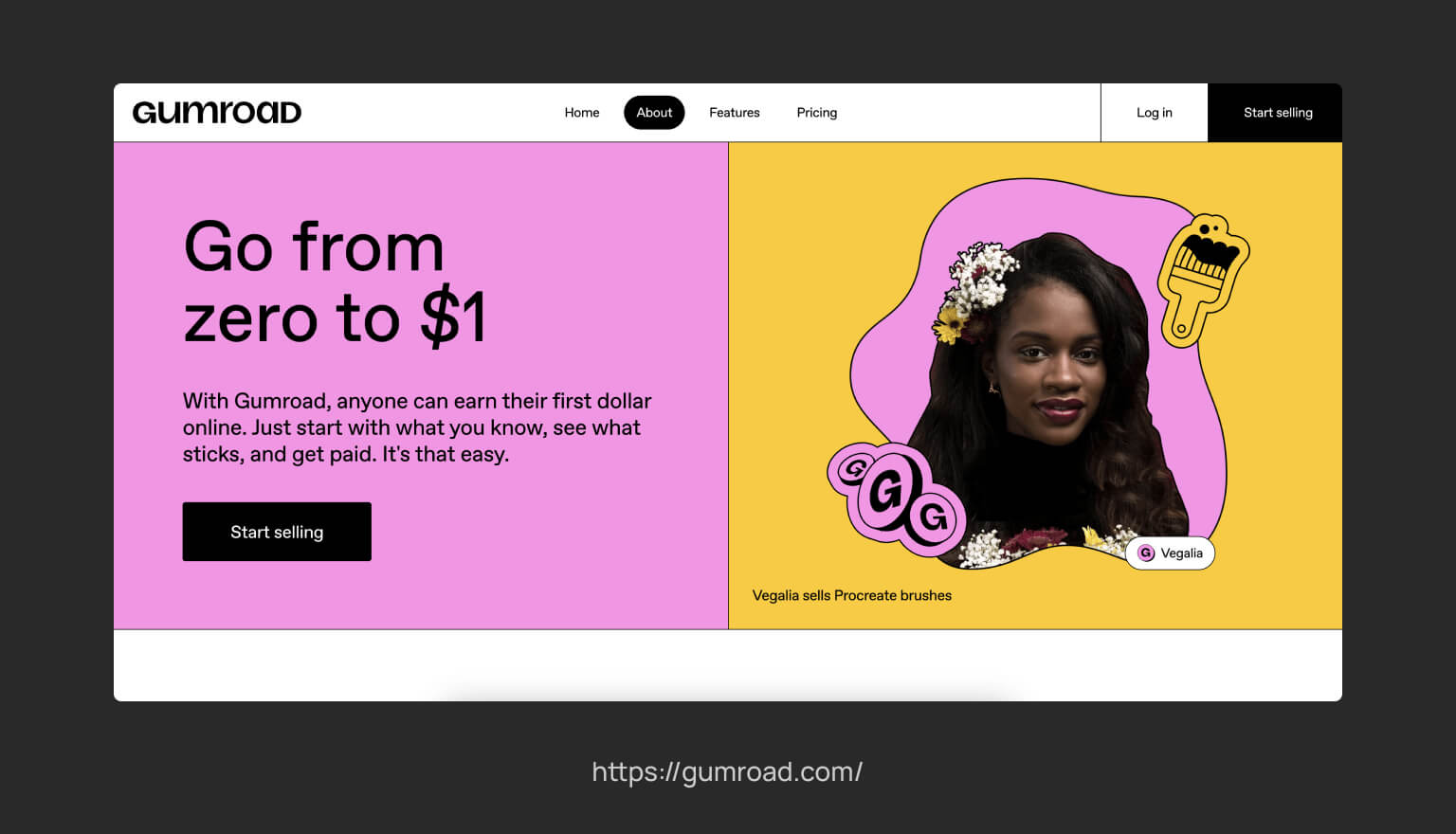Top UI/UX Design Trends for 2025

Trends are shaped by new tech innovations, shifts in user behavior, and changing market demands. From inclusivity to new forms of interaction, UI/UX in 2025 focuses on flexibility, personalization, and emotional connection with the audience. A closer look at the key trends is coming up in the article.
2025 UI/UX trends
Dynamic UI
Dynamic UI focuses on creating flexible, adaptive interfaces that adjust to the context of use and real-time interactions. Elements respond to user actions, environmental conditions, or input data, altering their appearance, layout, or behavior. With interactivity, digital products become more engaging and personalized. Achieving this requires thoughtful design, thorough testing, and system performance optimization to prevent delays and device overloads.
AI and personalization
Last year, AI in UI/UX design was mainly used to automate routine tasks and streamline workflows. In 2025, the focus shifts to personalizing the user experience: from dynamic recommendations in apps to customizing dashboards based on the user's role.
Neobrutalism
Neobrutalism blends minimalism, brutalism, and the web design aesthetics of the 2000s. This unique style gained popularity in 2024 and remains relevant today. It features a minimalist, practical structure with bold accents typical of brutalism, alongside the nostalgic simplicity of retro design. A focus on authenticity, innovation, and breaking free from conventional thinking are what make this style truly distinctive.

Inclusivity
Inclusive design focuses on creating accessible and user-friendly interfaces for diverse user groups, taking into account their abilities, needs, and limitations. This includes features like high color contrast, font adjustments for those with visual impairments, easy navigation, and support for voice commands. The relevance of this trend is growing in response to increasing demands for inclusivity in technology, social responsibility, and international accessibility standards.
Gamification
Gamification is the integration of game elements, mechanics, and principles into non-game processes. It involves using points, levels, rewards, competitions, and challenges to motivate users. More and more companies are turning to gamification because it helps engage an active audience and improve interaction with the product. Game mechanics not only allow companies to tailor marketing strategies to customer needs but also build an emotional connection with the brand.

Minimalism
Due to its versatility, minimalism continues to stay relevant year after year. Interfaces are built on principles of clean design, using simple shapes, concise color schemes, and ample spacing between elements. Each component has a clear role and value, with anything unnecessary being removed. The main goal is to simplify interaction, reduce cognitive load, and make the interface intuitive.

Typography
Handwritten fonts, unusual shapes, varying sizes, and asymmetric letter arrangements – non-traditional typography remains relevant this year. This trend calls for active text experimentation and the breaking of traditional font selection rules. Additionally, kinetic effects are widely used: text animation, color and size changes, letter movement, and form transformations. This dynamism draws attention to interface elements, making them memorable and enhancing content perception.
Retro
Retro style in UI/UX design takes us back to the aesthetics of past decades, particularly the 70s, 80s, and 90s. It features vibrant colors, "machine-like" fonts with sharp lines and rounded shapes, and contrasting buttons reminiscent of old operating system interfaces. Graphic elements inspired by 20th-century posters and advertisements complement this visual style, emphasizing the nostalgic feel of the design.

Parallax scrolling
It is an effect where the foreground and background move at different speeds during scrolling, creating depth and a sense of three-dimensional space. This technique highlights brand uniqueness, adds volume, and makes interactions more engaging. However, its use is not always advisable, as it can slow down page loading times, particularly on less powerful devices.
WebAR
WebAR is an augmented reality technology that operates directly in the browser, eliminating the need for special app installations. It enables the visualization of 3D models, product testing, viewing virtual instructions, or interacting with objects in the real environment.
This year, UI/UX trends reflect a deep integration of technology with a focus on accessibility and user experience personalization. Design is becoming more expressive, blending functionality and bold forms with the aesthetics of past eras. The key here is finding the balance between innovation and practicality, considering the product’s specifics and business needs.
Planning a project? Leave your contact details in the form, and our manager will get in touch with you to offer the best design solution for your business.














